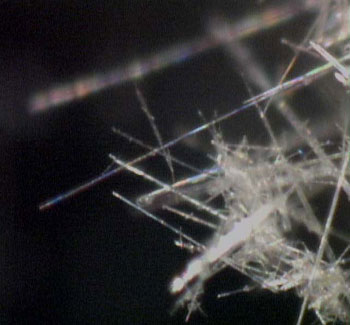What Is Asbestos?
 Asbestos is a naturally occurring mineral. It is distinguished from other minerals by the fact that its crystals form long thin fibers. Asbestos gained wide spread use because it is plentiful, readily available and low cost. Because of its unique properties – fire resistance, high tensile strength, poor heat and electrical conductivity, and being generally impervious to chemical attacks – asbestos proved well-suited for many uses in the construction trades.
Asbestos is a naturally occurring mineral. It is distinguished from other minerals by the fact that its crystals form long thin fibers. Asbestos gained wide spread use because it is plentiful, readily available and low cost. Because of its unique properties – fire resistance, high tensile strength, poor heat and electrical conductivity, and being generally impervious to chemical attacks – asbestos proved well-suited for many uses in the construction trades.
Health Effects Associated With Asbestos
In many products asbestos is combined with a binding material so that it is not released in the air. However, if the materials are sanded, crushed, or mishandled in a way that creates dust the asbestos may become airborne and may be inhaled. The adverse health effects associated with asbestos exposure have been extensively studied for many years. Results of these studies have demonstrated that inhalation of asbestos fibers may lead to increased risk of developing one or more diseases.
 Health Effects Due To Asbestos
Health Effects Due To Asbestos
The primary health effects due to asbestos exposure act on the lung, causing asbestosis, lung cancer, mesothelioma and other diseases. Asbestosis is a disease characterized by fibrotic scarring of the lung. Mesothelioma is a cancer of the chest cavity lining. Asbestos fibers accumulate in the lungs. As exposure increases, the risk of disease likewise increases.
While it is often possible to suspect that a material or product is or contains asbestos by visual determination, actual determinations can only be made by instrumental analysis. The EPA requires that the asbestos content of suspect materials be determined by collecting bulk samples and analyzing them by polarized light microscopy (PLM).
** We recommend that you do not attempt to remove any asbestos containing material. Asbestos abatement should only be performed by a certified professional who has been properly trained and certified.


